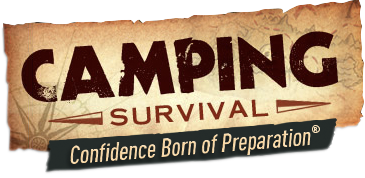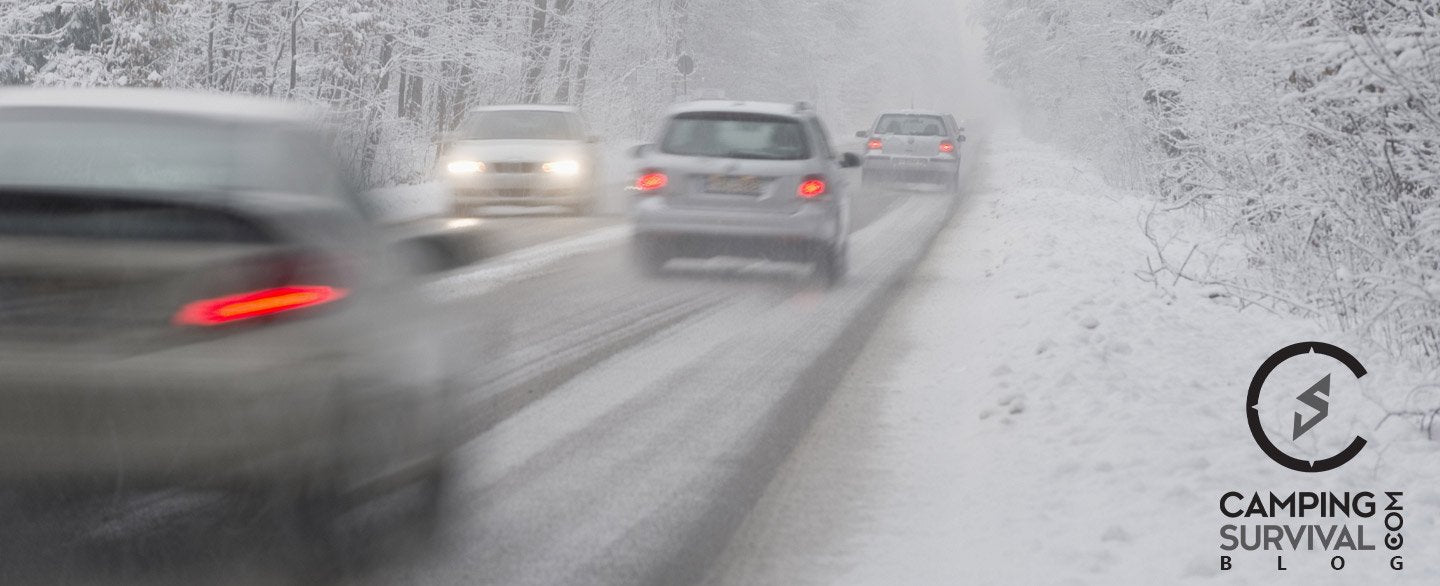In the Winter, driving can become hazardous quickly. Blinding snow, black ice, extreme cold, and poor visibility can make roads impassable, or disable your vehicle. A little bit of preparedness might get you through difficult situations.
Even on short trips, hazardous conditions could occur to make travel impossible, and leave you stranded. Before you scrape the ice off your windshield and head out in the elements and dodge other drivers, here are some things you can do to make your winter driving much safer:
Prepare Your Vehicle
Before winter begins to rear its ugly head, make sure you talk to your mechanic about these items in regard to your vehicle:
- Test your battery
- Inspect the exhaust system and filters.
- Check the cooling system, windshield wiper and antifreeze fluid levels, and change the oil.
- Make sure hoses and fan belts are working properly.
- Check spark plugs and consider changing them.
- Have your tires checked for tread wear and tire pressure, consider installing winter tires.
- Always know where your jack, spare tire, and ice scraper are.
- Inspect your wiper blades to make sure they are operational.
Some Simple Winter Driving Tips
Here are some suggestions when you need to be out in the wintry weather traveling:
- Clear all snow, frost and ice from the windows and exterior of your car.
- Never warm up your vehicle in a closed garage, as carbon monoxide may build up in your garage and enter your home.
- Make sure your gas tank is half full to prevent freezing.
- Make sure your exhaust pipe is not clogged with snow or mud.
- Never use cruise control on icy roads.
- When visibility is poor, allow more time for braking.
- Stay calm if you start to skid and be prepared for black ice
- When you need to stop, apply breaks lightly, do not hit the brake pedal quickly to come to a stop.
- Drive slowly and keep at least 2 car lengths between you and the person in front of you.
- Large trucks take more time to stop, so give them plenty of room on the road.
Carry a Winter Weather Car Kit
Winter weather could cause problems, so make sure you keep these items in your Winter Weather Car Kit:
- Small folding shovel
- Tow and tire chains
- Basic tool kit
- Bag of road salt or cat litter
- Flares, battery powered flashlights and extra batteries
- Extra windshield wiper fluid and antifreeze
- Jumper cables
Pack a Winter Survival Kit
In case you are stuck in your car for longer than intended, you might want to keep a small winter survival kit on hand. Some useful items include:
- A first-aid kit– a must have in any car, in any condition. You can often fit in several emergency blankets into most kits.
- Cell phone charger – having a solar charger as a backup is a great idea no matter the road conditions.
- Ice scraper that contains a brush.
- Cold weather gear and blankets for everyone in the vehicle, including pets.
- Hand warmers– these are very cost efficient, and typically stay warm for up to 6 hours.
- Flashlight– more than one, in case you need to signal, or one goes out.
- Toilet paper and/or tissues – if you get cold your nose will be running, and eventually nature will call.
- Drinking water, and high-energy, nonperishable foods.
- A water bottle preferably with some type of filtration is also handy if you are stuck for very long
- If you are traveling with a baby or toddler make sure you have extra wipes, diapers and clothes and specific foods such as toddler snacks or formula. The same goes for pets, always have extra food and water for them, and a leash in case nature calls for them.
Snow Safety Tips If You Become Stranded in Winter
Here are some important reminders in case you must brave a storm and go out driving in it:
- Always be prepared, while the first step is always prevention, sometimes storms come in quickly. Keeping the essentials noted above in your vehicle will keep you safe and warm while you wait for someone to arrive and assist you.
- Stay inside your vehicle. If possible, pull off the highway and turn your hazard lights on. You can also tie something to your antennae to show that you need assistance. Wait inside your vehicle until help arrives to avoid exposure to frostbite and potentially hypothermia.
- Call 911, if you are able to. Make sure you give them a good description of where you are.
- Clear the tailpipe. Make sure you check for oncoming traffic before exiting your vehicle, then check your tailpipe to make sure no new snow is covering it, to prevent carbon monoxide buildup inside the car. Make sure you check the tailpipe periodically to make sure no new snow is blocking it.
- Keep moving. Staying a bit active will keep you warm, just don’t overexert yourself.
- Staying hydrated is important when you are cold. Make sure you keep water in your vehicle, and at least a cup you can use to melt snow to drink.
- Conserve your vehicle’s battery. Use lights, heat, and radio sparingly.
- Run your engine. Provided you have enough gas in your tank, run the engine for about 10 minutes every hour to keep the car warm. Turn on interior lights when your engine is on so you can be seen inside your car. Open a downwind window slightly for ventilation and clear snow from the exhaust pipe to prevent carbon monoxide poisoning.
- Don’t overexert yourself, cold weather puts your heart under added stress.
- If you don’t know where you are, stay in your vehicle, it is much more likely to be seen than you are. Unless it is leaking fuel or in a dangerous position, stay inside of it for warmth, and protection from the elements and wildlife.
While reading over this list, it may seem a bit excessive, but they are based on what has unfortunately happened to many people driving on winter roads, including folks that waited for several days before rescuers could finally dig them out.
Last year a relative of mine was struck by a snowplow during a sudden blizzard that shut down the interstate for over 100 miles. And this was in an area that really sees more than a couple of inches of snow all winter! She waited in her vehicle for several hours for the ambulance to arrive, only to have the ambulance slide off the highway less than a mile down the road. They then waited in the ambulance for over for 6 hours before they were finally rescued, and she could be taken to the hospital. She said she wished she would have had a blanket or two and a better way to keep warm in her car as her windshield was smashed in and she got very cold. “At least in the ambulance the wind wasn’t blowing snow in on me, they gave me a blanket and I wasn’t all by myself” she said after the ordeal was finally over.
Remember is it always better to be over-prepared than under-prepared. It is better to have it and not need it, than to need it and not have it.
So, stay safe out there, and make sure you are fully prepared for what Winter plans to throw at you.


0 comments